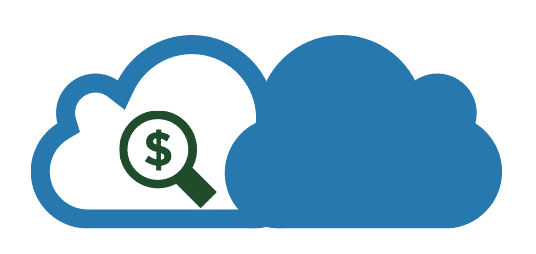Cloud Cost Optimization: Best Practices
Cloud computing has become a cornerstone for success. But managing cloud costs and resources effectively can be a significant challenge. Here are some best practices for cloud cost optimization and resource management.
1. Right-Sizing
Right-sizing involves matching your cloud resources to the actual needs of your business. This means choosing the right type and size of cloud instances based on your application’s requirements. Regularly review your resource usage and adjust accordingly to avoid paying for unused capacity. For example, if an instance is consistently using only a fraction of its allocated CPU and memory, consider switching to a smaller instance type.
2. Use Reserved Instances
Cloud providers often offer discounts for reserved instances, where you commit to using a certain amount of resources for a set period. If you have predictable, steady workloads, reserved instances can lead to substantial cost savings. However, it’s important to accurately forecast your resource needs, as you’ll still pay for reserved instances even if you don’t use them.
3. Leverage Auto-Scaling
Auto-scaling allows you to automatically adjust your cloud resources based on demand. This ensures that you have enough resources to handle peak loads, but aren’t paying for excess capacity during off-peak times. Auto-scaling can be particularly useful for applications with variable workloads, such as web applications that experience daily or seasonal traffic patterns.
4. Monitor and Track Cloud Spending
Regular monitoring of your cloud spending can help you identify trends, detect anomalies, and forecast future costs. Use cloud cost management tools to gain visibility into your cloud spending and make data-driven decisions. These tools can provide detailed insights into your spending, such as which services are costing the most, and can alert you to sudden increases in spending.
5. Implement a Cloud Governance Policy
A cloud governance policy sets guidelines for how your organization uses cloud resources. This can include policies on resource provisioning, access controls, and cost management. A well-defined governance policy can help prevent unnecessary spending and ensure that your cloud resources are used effectively. It can also help ensure compliance with regulatory requirements and best practices.
6. Optimize Data Transfer Costs
Data transfer can be a significant cloud cost, especially if you’re moving large amounts of data in and out of the cloud. Optimize your data transfer by compressing data, caching content, and using content delivery networks (CDNs). Also, consider the data transfer costs when choosing a cloud region, as costs can vary between regions.
7. Use Spot Instances
Spot instances are spare cloud capacity that cloud providers sell at a significant discount. If you have flexible, interruptible workloads, spot instances can offer substantial cost savings. However, keep in mind that spot instances can be terminated by the cloud provider at any time if the capacity is needed, so they’re not suitable for critical workloads.
8. Optimize Storage Costs
Storage is another significant cloud cost. Different types of storage have different costs and performance characteristics, so choose the right type of storage for each workload. For example, use cheaper, slower storage for infrequently accessed data, and faster, more expensive storage for frequently accessed data.
Effective cloud cost optimization and resource management require a combination of right-sizing, strategic use of reserved and spot instances, auto-scaling, regular monitoring, a well-defined governance policy, data transfer optimization, and storage optimization. By implementing these best practices, businesses can maximize the value they get from their cloud investments.

Leave a Reply